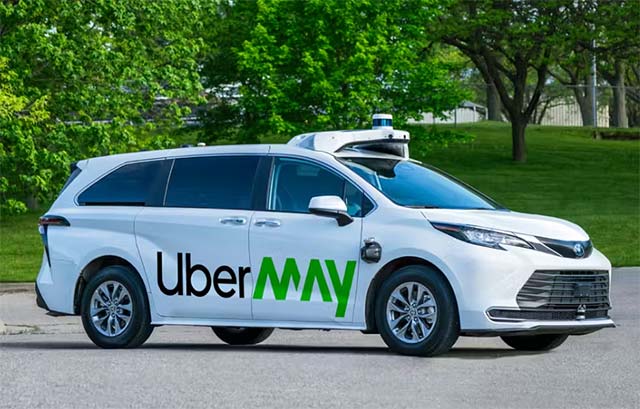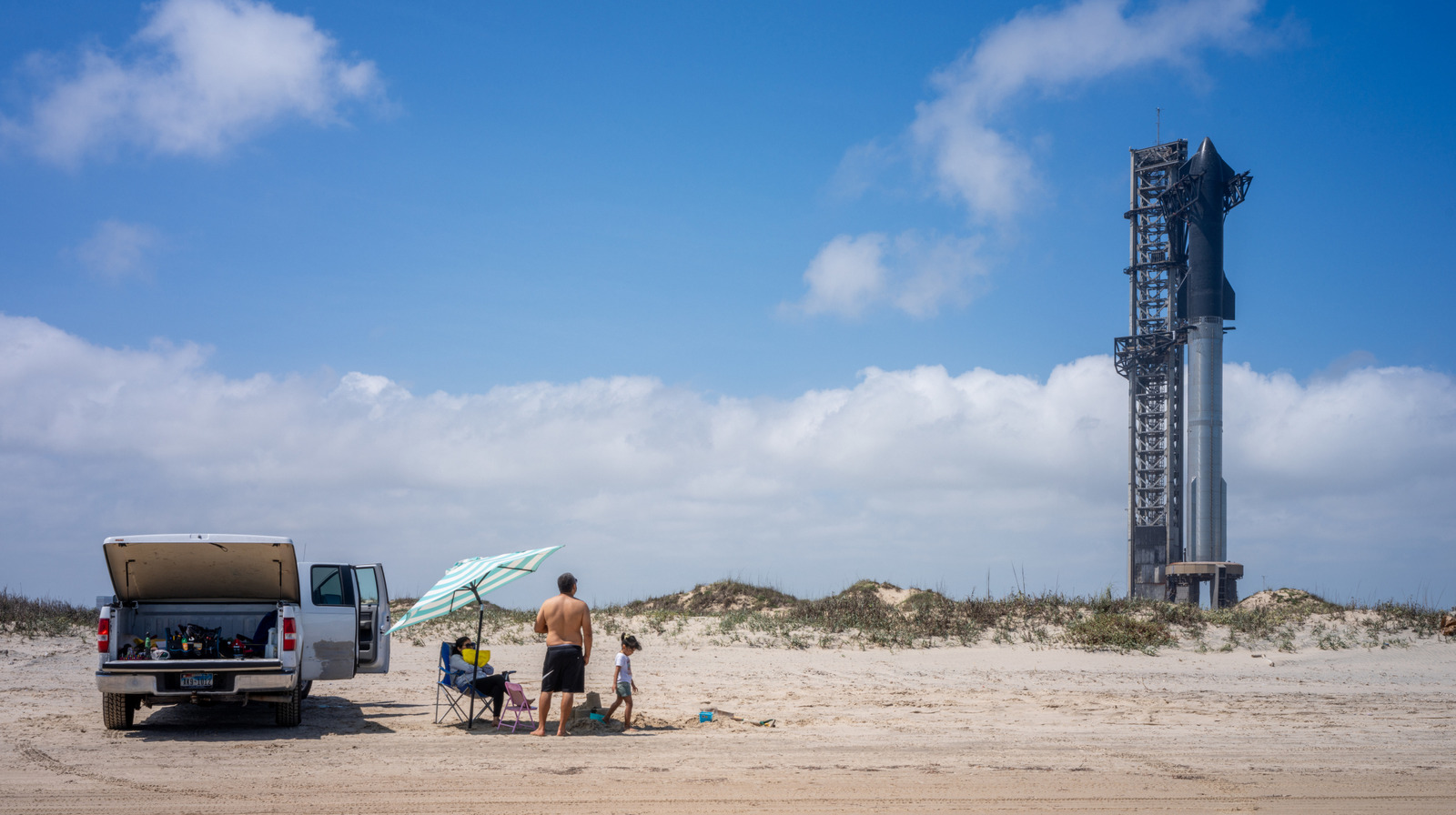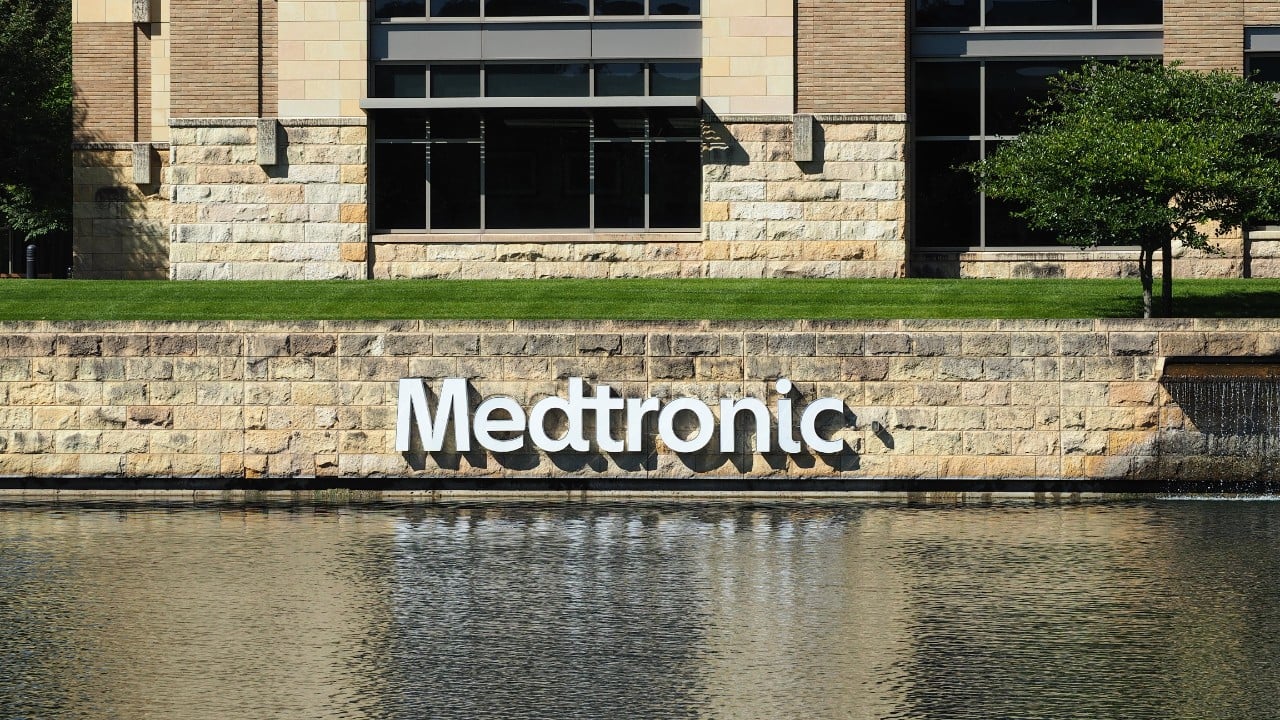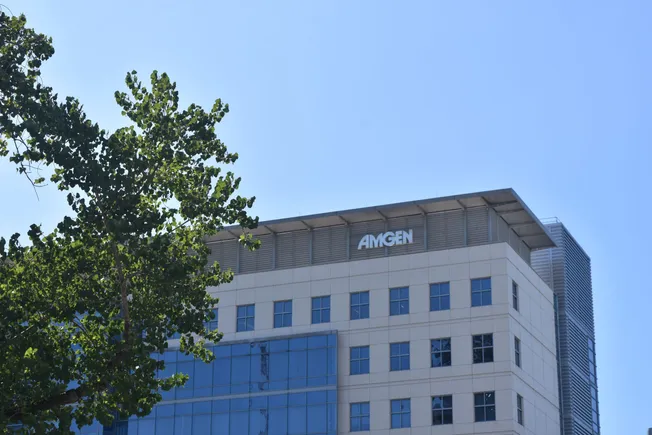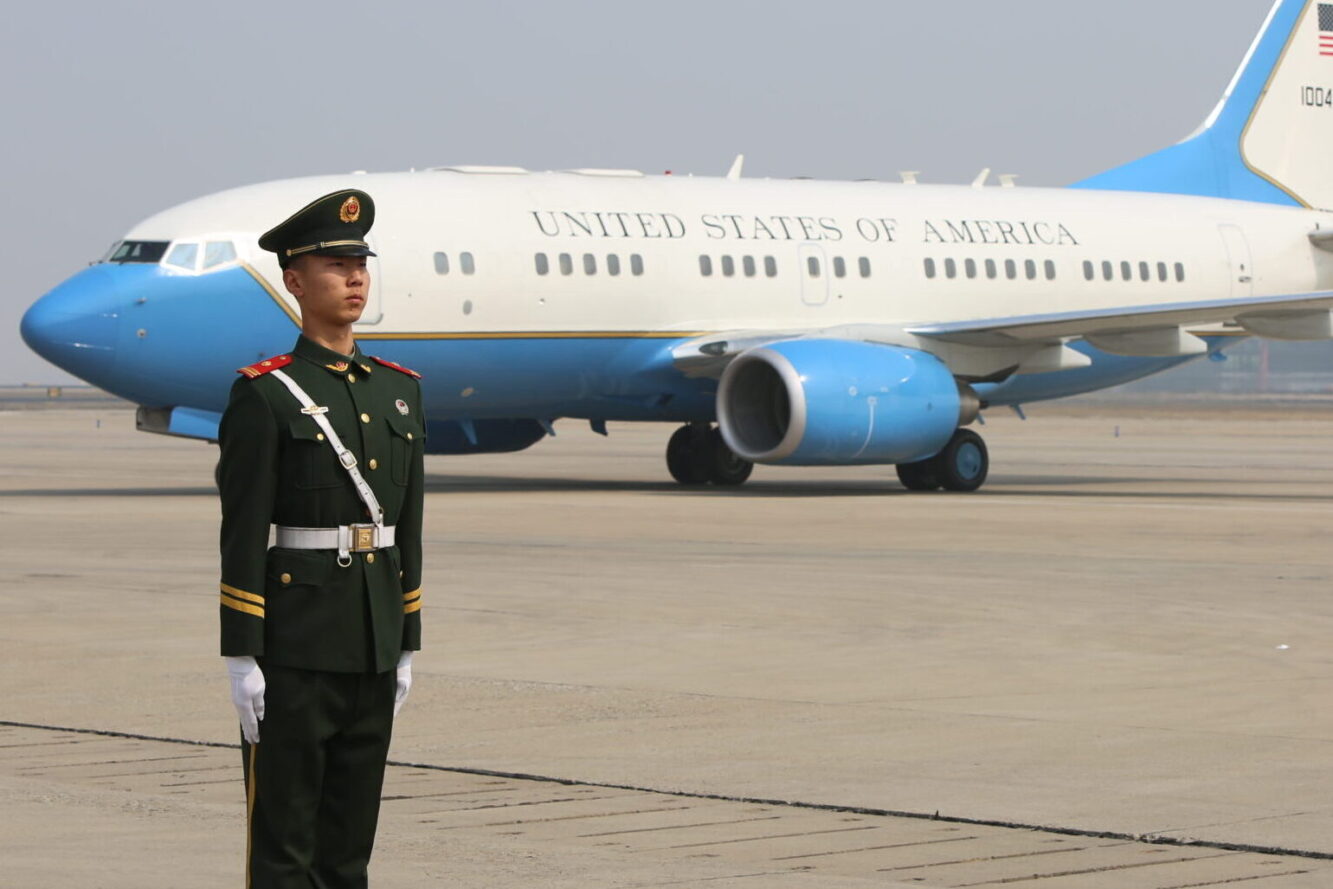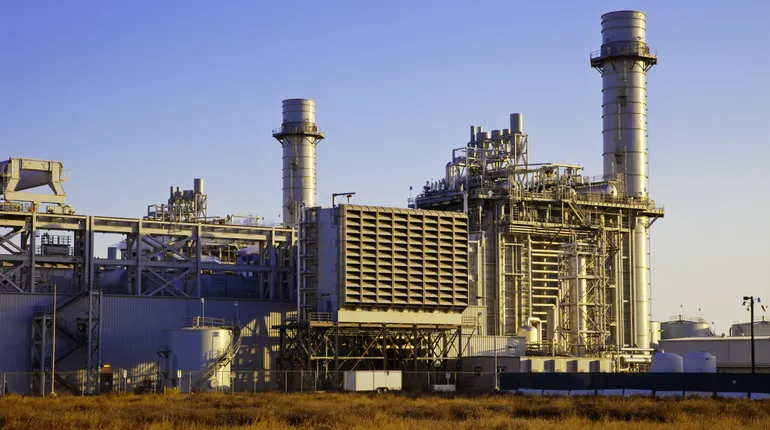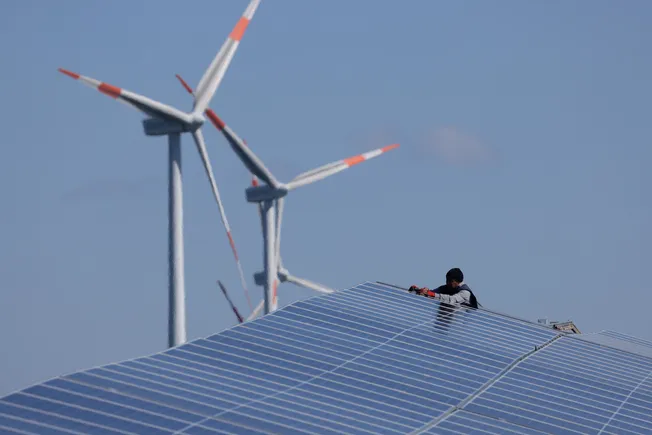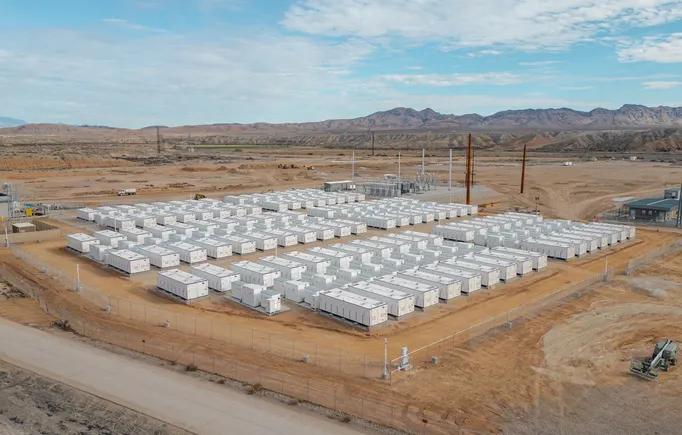Analyst: Amazon’s $4B rural delivery investment aimed at slowing Walmart
Amazon is investing heavily in rural last-mile delivery as a hedge against Walmart, a prominent analyst says. The post Analyst: Amazon’s $4B rural delivery investment aimed at slowing Walmart appeared first on FreightWaves.
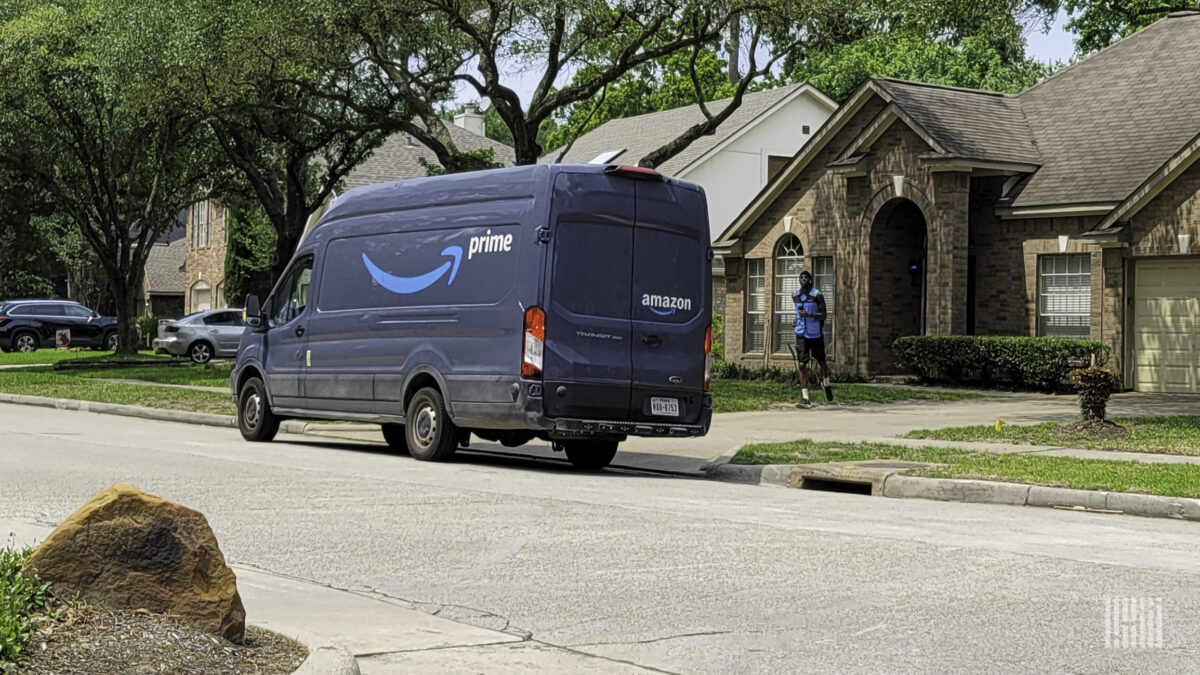
Amazon’s plan to invest more than $4 billion by the end of 2026 to expand its rural parcel delivery network and enable faster delivery to small towns across the United States is a preemptive move against Walmart, according to a leading parcel analyst.
“They are doing this in response to Walmart. Walmart is catching up with them [in e-commerce] and building its own network of delivery drivers using the Uber and Lyft concept of independent gig drivers” who use an app to accept packages, said Satish Jindel, founder and president of ShipMatrix, a parcel management, consulting and analytics firm, in a phone interview.
Amazon and Walmart in recent years have become significant rivals to FedEx, UPS and the U.S. Postal Service in the parcel shipping sector. Amazon, Walmart and other retailers will capture most of the growth in the domestic parcel market, according to a recent ShipMatrix report.
Walmart’s ability to fulfill orders from its stores and clubs has been a key driver of its e-commerce growth, CEO Doug McMillon said during an investor town hall last month. The retailer’s coverage of U.S. households with same-day delivery has grown by 22% during the past two years. The company can now provide same-day delivery to 93% of U.S. residences, up from 76% of households two years ago, he said.
“Walmart is not as prevalent in rural areas. Amazon wants to make sure that Walmart doesn’t get there with some other way. In rural areas, Walmart may be willing to pay people $15 per hour instead of $10 because it’s greater distance from the store. They [Amazon] want to preempt Walmart from penetrating their business where they have created a huge market advantage. Right now, they’re delivering 280 packages with 180 stops per van trip in most of the country. That’s cheaper than UPS, FedEx or even the post office.”
The retailer also has the advantage of only participating in the business-to-consumer market, meaning its network is unidirectional since no pickups are required.
Amazon announced the rural delivery expansion last week. The capital expenditures will pay for more than 200 delivery stations, tripling the size of the rural delivery network and cutting delivery times in half for Prime members in less populated areas, said Udit Maden, senior vice president for Amazon Worldwide Operations, in a blog post.
By locating more small distribution centers close to customers, Amazon will be able to deliver more than 1 billion additional packages each year to customers in remote areas of the country. With the upgrades, Amazon’s last-mile delivery network will cover an additional 1.2 million square miles, equivalent to the area of Alaska, California and Texas, combined.
“At a time where many logistics providers are backing away from serving rural customers because of the cost to serve, we are stepping up our investment to make their lives easier and better,” Maden wrote.
Amazon opened its first rural delivery station in 2020 and began ramping up the small-town delivery network in 2023 as the company switched to a regional and local distribution model. Maden said the effort has already improved delivery speeds by 50% on average.
Other large parcel carriers are cutting back on rural service. In 2023, UPS began a deferred delivery program that combines deliveries in some rural areas to keep prices down and improve efficiency because the cost of providing service is higher than in densely populated areas. The company said at the time that shipments in certain ZIP codes will spend an extra day in transit, but that less than 1% of shipments are impacted.
Rival FedEx scaled back Sunday home delivery in some outlying areas in 2022. And the U.S. Postal Service on April 1 began reducing the number of truck trips and mail collections at most postal facilities farther than 50 miles from a processing plant to eliminate inefficient truck runs, adding a day to delivery times for mail originating from remote post offices and ZIP codes.
“The expansion enables Amazon to deliver nationwide one-day delivery at a very low cost, which would be very difficult for UPS/FedEx to compete with, using existing networks,” Morgan Stanley transportation analyst Ravi Shanker said in a client note.
In addition to raising expansion hurdles for Walmart’s delivery network, Amazon sees more opportunity to control the rural delivery market after UPS insourced SurePost, its most economical shipping product, over Postal Service price hikes for last-mile delivery and because Postal Service changes could soon increase delivery prices for rural areas, Jindel told FreightWaves.
Amazon said the rural delivery expansion will create over 100,000 part-time and full-time jobs and driver opportunities.
Amazon uses a mix of third-party delivery providers. The Delivery Service Partner program has set up more than 4,000 owner-operators with small van fleets to make package deliveries in defined territories. A relatively small number of drivers make deliveries with their own vehicles under the Amazon Flex program. And existing small businesses can sign up to do deliveries in their communities under the Hub Delivery program.
Amazon could scale up the use of gig drivers under Flex to support more rural deliveries, said Jindel.
A $139 Prime membership includes free shipping on eligible items; one-day, two-day and same-day delivery in select areas; pricing deals; and the Amazon video and music streaming services.
Click here for more FreightWaves and American Shipper articles by Eric Kulisch.
Contact Reporter: ekulisch@freightwaves.com
RECOMMENDED READING:
Postal Service to adjust delivery standards for network efficiency
The post Analyst: Amazon’s $4B rural delivery investment aimed at slowing Walmart appeared first on FreightWaves.





























